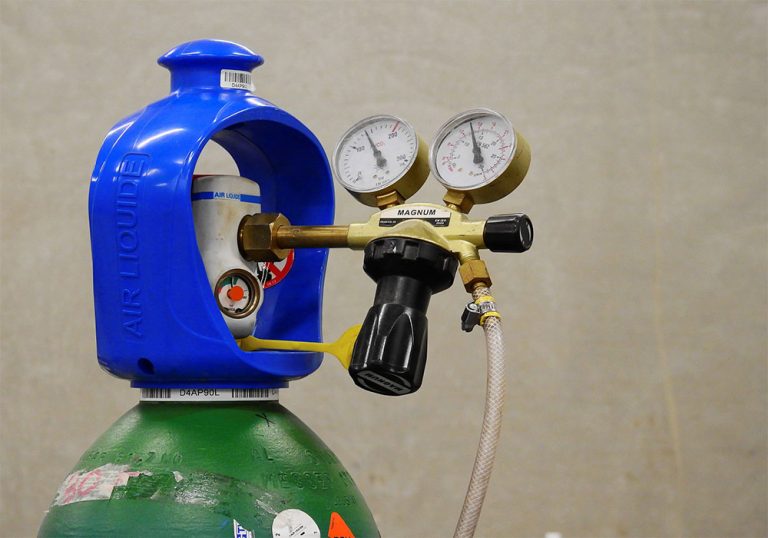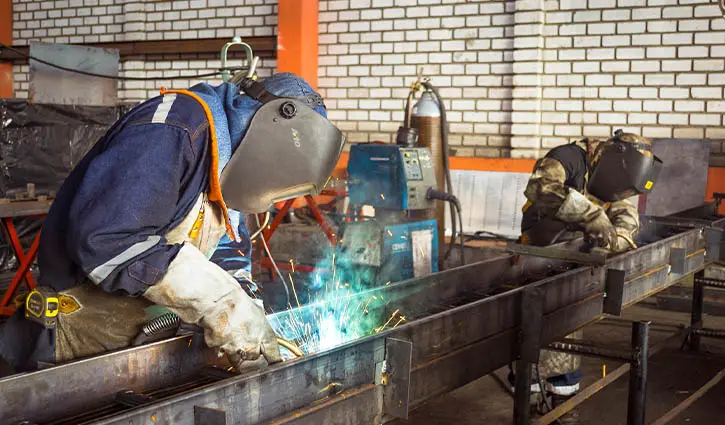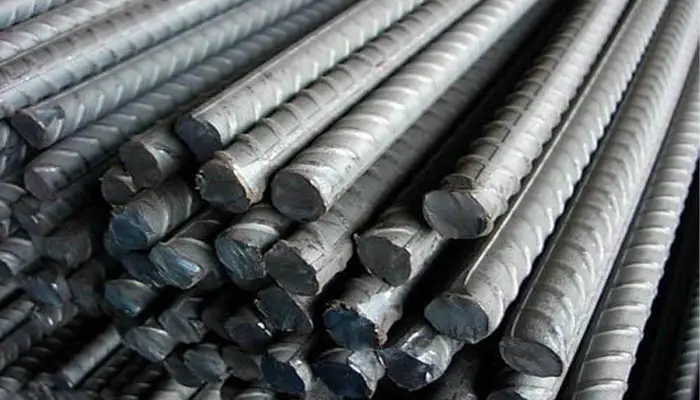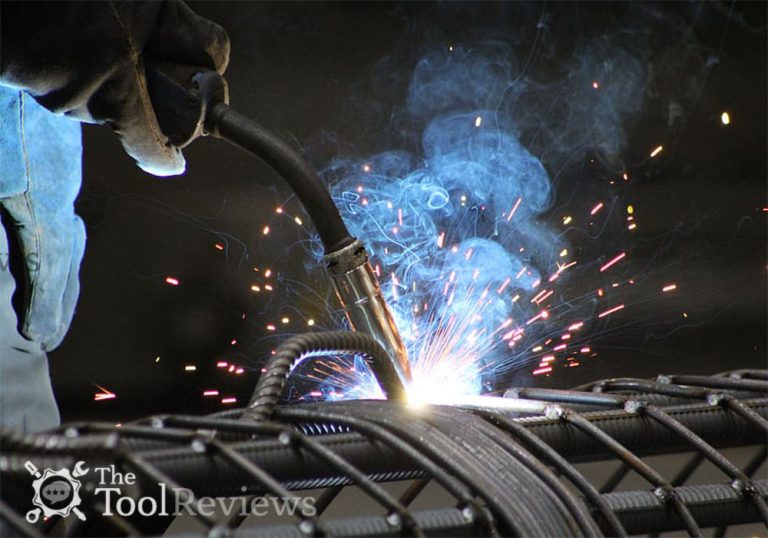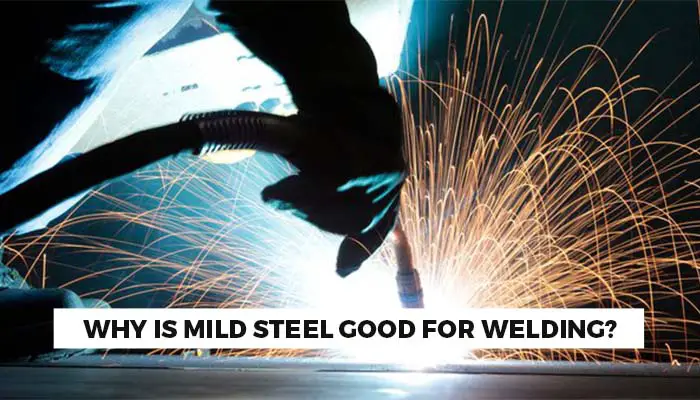What is Vertical Up and Down for Welding
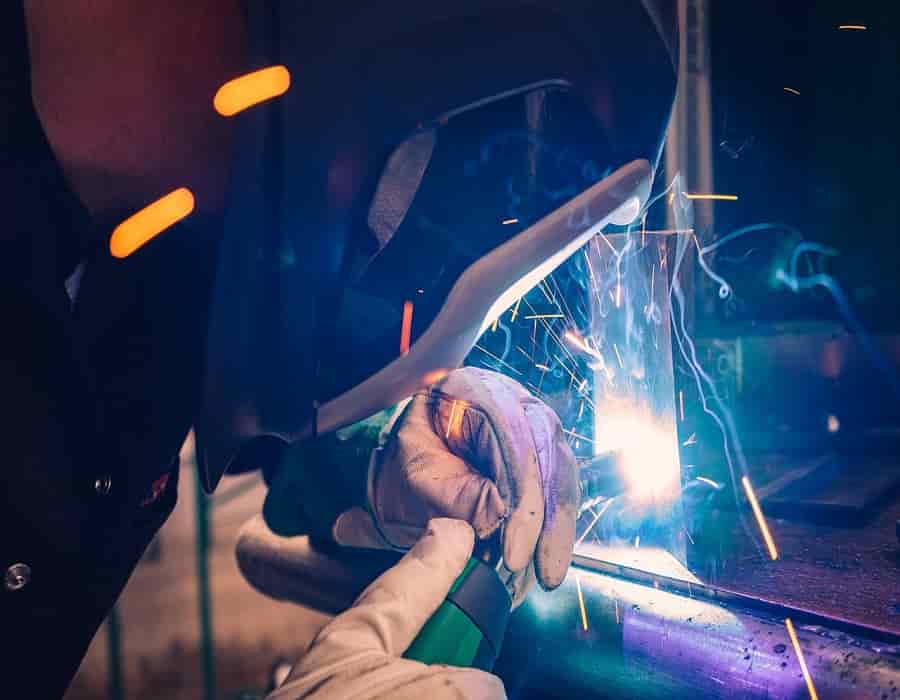
Before you know what is vertical up and down, and know the differences between them, learn about welding’s classification.
Vertical is where an object faces the earth with one end and faces the sky with another corner. On the other hand, horizontal means metal is parallel to the ground. Like other things, welding also has four categories.
One is vertical welding; its good example is a construction building. You can find both vertical up and down welding. Moreover, you have horizontal welding; the welding surface is flat here.
Table of Contents
What Is Vertical Up Welding?
Vertical uphill welding is very famous but a challenging one as well; the welder goes bottom to top in this welding type. The best MIG welder will choose it because he is already an expert.
You should go for vertical up welding if your object is thicker and have a flux wire. Ensure your welding angle is between 5-15 degrees because it’s more suitable for the vertical or upright position.
What Is Vertical Down Welding?
Vertical down welding refers to a top to bottom welding procedure in a vertical object; this is more comfortable than vertical up welding. However, if you need to weld on a thinner item and a beginner, you should try vertical down MIG welding.
Though the vertical down penetrates slower than the vertical up welding process, you will feel more relaxed to do it. Downhill welding is more comfortable because gravity is helping you to do it.
You can move horizontally or use other techniques you’re comfortable with; the whole process depends on how you do it.
Steps of Vertical Welding
- 1Put safety guards to ensure your safety; the best helmet, safety goggles, protective gloves, mask, etc. will ensure your safety.
- 2Choose the right welding electrode; the 6010 vertical up and the 7018 vertical down electrodes are the most famous electrodes.
- 3Make weld shelves to prevent the puddles from spilling on the weld; the shelf steps should be 1.5-2 times thicker than your electrode.
- 4It’s better to keep the power low; though, both AC and DC powers are okay for vertical welding, especially in stick welding.
- 5Please don’t undercut while you’re weaving to avoid any errors. Observe the metal, puddle, gouge, and slag correctly.
- 6 The final advice I would give is, don’t hurry and ruin your hard work with a silly mistake.
TIG Welding for Upright Joints
You can rely on TIG welding for both up and down-vertical welding; it’s easier than MIG welding. The best TIG welder always cleans the welding surface before he starts working.
For TIG welding, you need to use a non-Tungsten electrode; you can try any welding position with it. There are horizontal and vertical welding positions, but overhead position welding can also use the TIG method.
You can move side by side, upwards, and even up to down holding your welder machine. However, You can apply the key-hole, switch, or up-down method to join two metal workpieces.
Learn About Stick Welding
Stick welding is an easy procedure to stick or join two workpieces or metals without putting a force or filler metal. This welding produces high heat; it also has excellent penetrating power.
It will be better to use it on metals thicker than 18-gauge; it goes through rough, challenging, and rusty metals. As you can see, it’s more appropriate for thick surfaces; you should use the vertical up-welding method for it.
The vertical stick welding 6013 has been proven as the best electrode for this task; it gives you a correct weld finish.
The Difference Between Vertical Up and Vertical Down Welding
| Vertical Up Welding | Vertical Down Welding |
|---|---|
| The welder goes upwards from the bottom of a vertical surface. | The welder goes downwards from the top of a vertical surface. |
| If your metal is thick, you should use this welding method. | If you want to use this method, take a thinner metal. |
| The MIG welding method is more appropriate for this. | The TIG welding method is more suitable for this. |
| It penetrates the metal or screws faster. | It penetrates slower through the metal. |
| It’s risky because it sometimes produces much heat and flame. | It has less risk because it produces less heat and flame. |
| It’s more time-consuming for a welder. | It’s less time-consuming for a welder. |
The chart may help you know what is vertical up and down welding, and help you choose one of them.
Should I Choose Vertical Up or Down Welding?
This question may arise in your mind and confuse you about what to choose. It depends on your abilities; if you’ve mastered MIG vertical up welding, keep practicing it.
Otherwise, you can choose the TIG vertical down method if you’re patient enough and don’t want to take much risk.
But, if you’re an expert in flat welding or overhead welding position, you may learn these techniques.
What Techniques Should I Follow While Vertical Welding?
There are no specific techniques that can make your vertical welding easier, but you can personally ask for your trainer’s help. Moreover, you will gather more experience when you work; you can discover some techniques yourself then.
It may be a moving technique, a joining method, a penetration process, or others. You will gather more knowledge about it while working rather than theoretical knowledge.
Final Verdict
Some of you may find vertical welding very challenging, but once you’re an expert in this, you will love doing it. You will need vertical up somewhere and vertical down somewhere.
All you need to know is vertical up and down advantages, disadvantages, and some tactics to make them more comfortable. Choose the best option after knowing your task, and apply all the possible techniques you know.
Choose the appropriate welding equipment and safety kits; elsewhere, all your hard work will go in vain. I hope this article helped you and best of luck for your welding career and experiments.

